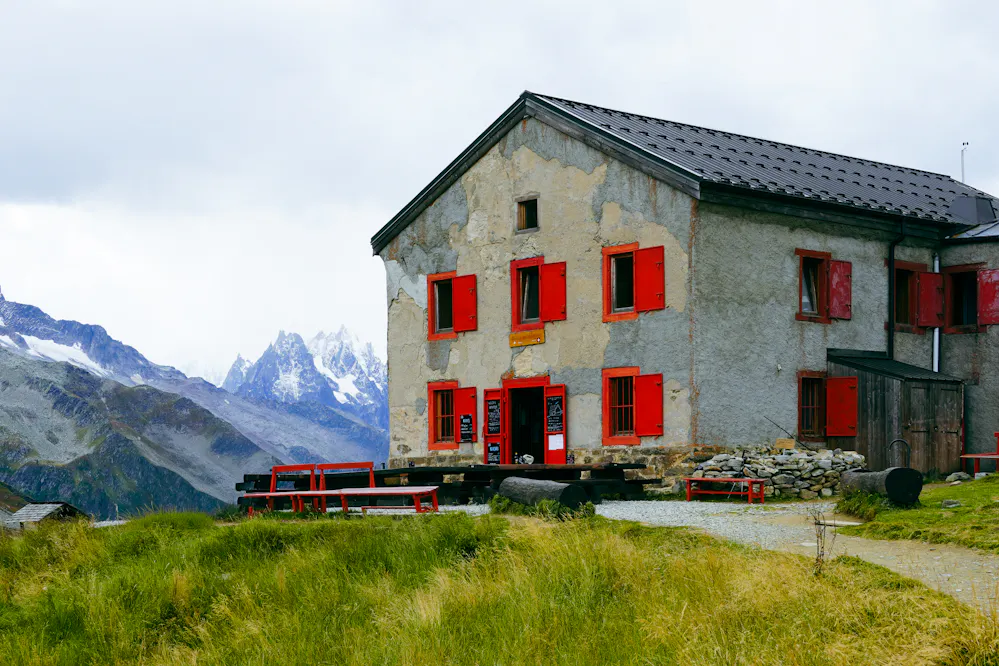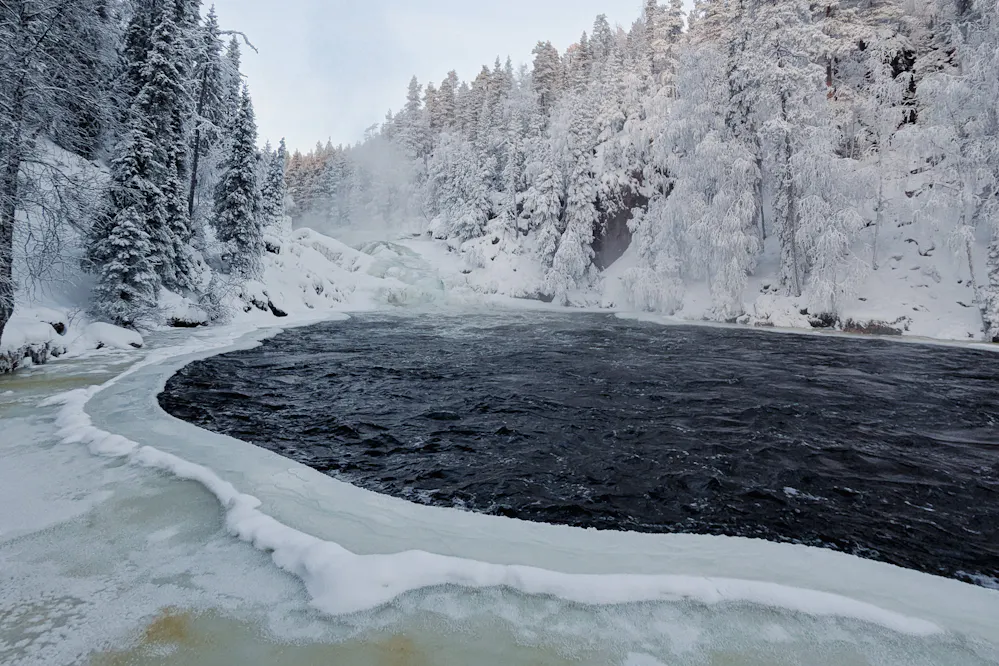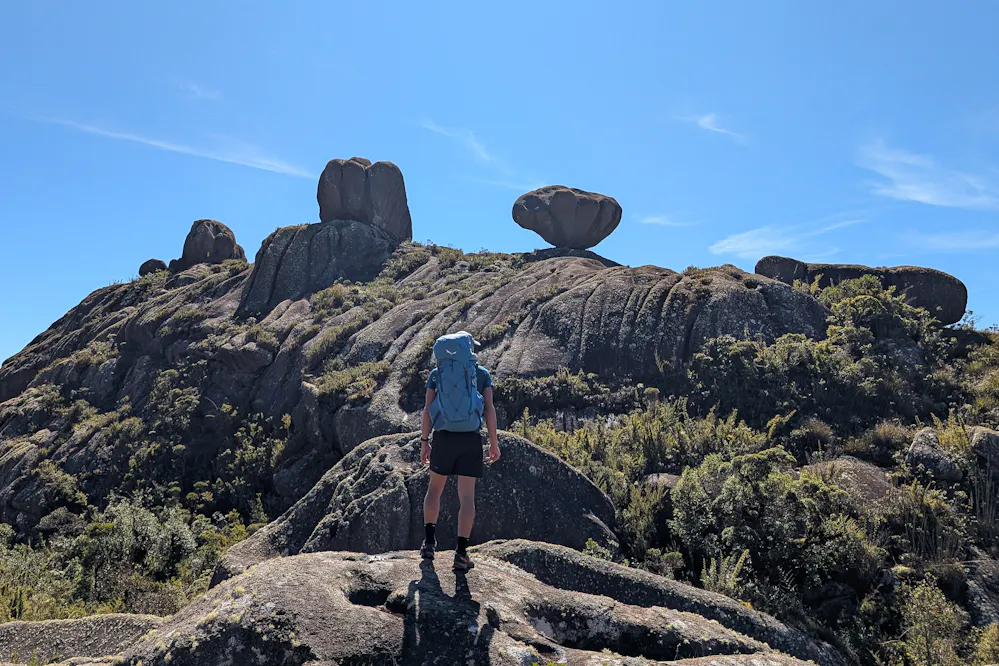Navigating on long-distance hikes is a crucial skill that can make the difference between a smooth adventure and getting lost in the wilderness. Whether you're trekking through the remote mountains of Picos de Europa, following the Camino de Santiago, or tackling any other multi-day trail, understanding how to use maps, GPS devices, and traditional navigation techniques is essential. Here’s a complete guide to help you navigate confidently on your next hike.
Learn how to the navigation apps
Nowadays, there are many GPS apps designed specifically for outdoor activities and hiking. Most of them allow you to download topographic maps and trail routes for offline use, which is essential in areas with poor signal.
Some of these apps also work as route planners and social platforms, letting you share your hikes and see what others are doing. Use them to research trails, save routes, and learn from other hikers’ experiences.
On our interactive hike guides, you’ll find a “Download GPX” button for each stage. You can import this file into most navigation apps to follow the route easily.
Some of the best navigation apps for long-distance hiking include:
- Organic Maps - Reliable free offline map. This is our personal choice combined with our own GPX files.
- Gaia GPS – Excellent for offline maps and route planning. Requires premium plan to use it offline.
- AllTrails – Great for finding trails and reading reviews.
- Wikiloc – Not the best interface, but you can find a lot of routes with very detailed information here. Requires premium plan
A well-prepared hiker is a confident hiker. Study your route, download maps, and always have a backup plan.
Learn to read a topographic map
Navigation apps are a great tool, but you shouldn’t rely on them alone. Learning the basics of map reading and compass navigation can be a lifesaver when technology fails. Traditional maps provide valuable information about the terrain, including water sources, mountain passes, contour lines, and elevation changes—details that apps may not always show accurately.
When planning a long-distance hike, we always buy a map of the area we’re visiting. We then highlight our planned routes and carry the map with us on the trail. Each morning, we like to study the day’s route, identifying the villages, mountains, and key landmarks we’ll pass.
A paper map is also a great resource for finding good camping spots, as it helps locate rivers, water sources, and different types of terrain. This makes it easier to determine if an area is likely to be rocky or better suited for setting up camp.
If you want to improve your navigation skills, buy a compass and practice using it with your map. This will help you develop a better sense of direction and ensure you don’t take the wrong path at intersections
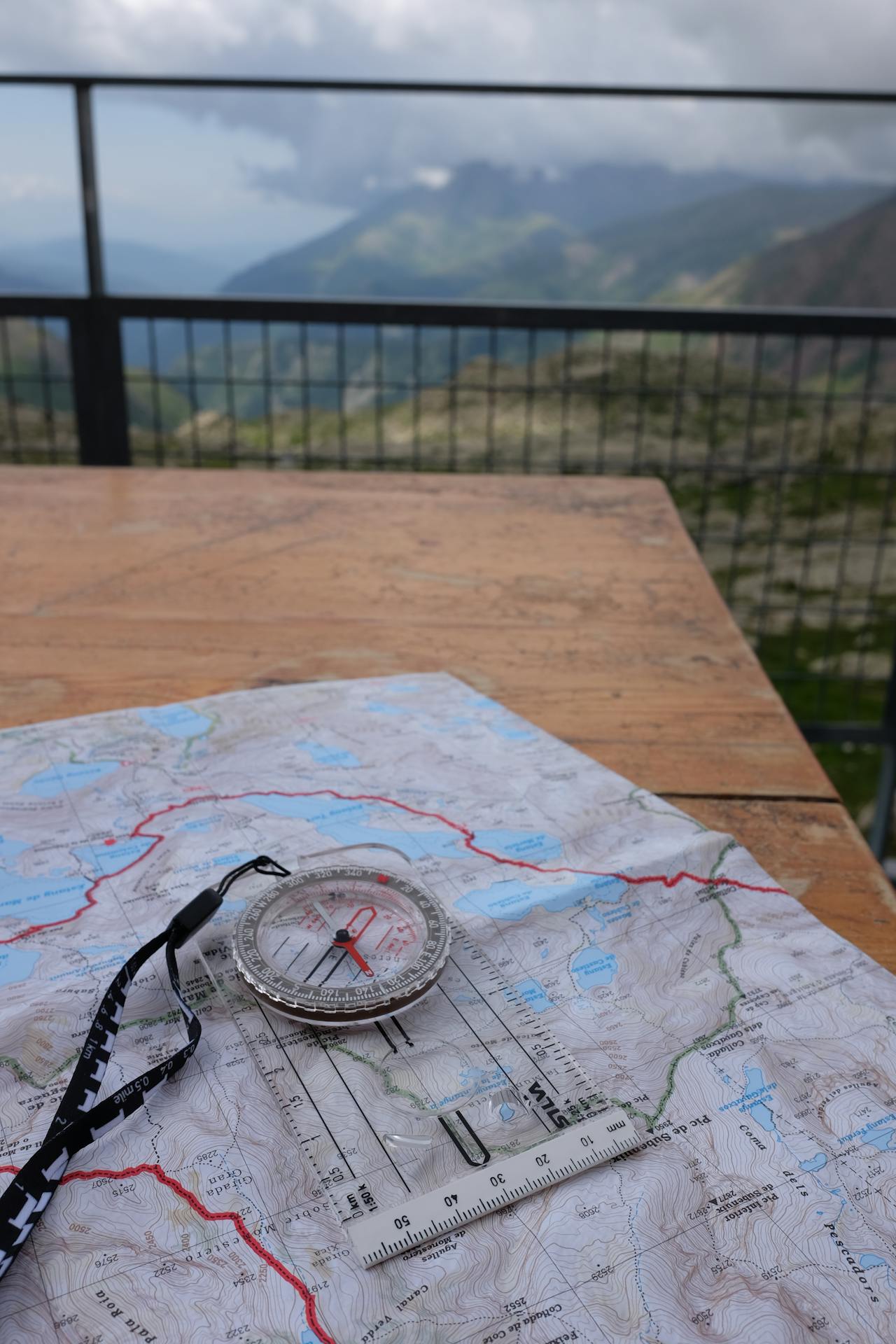
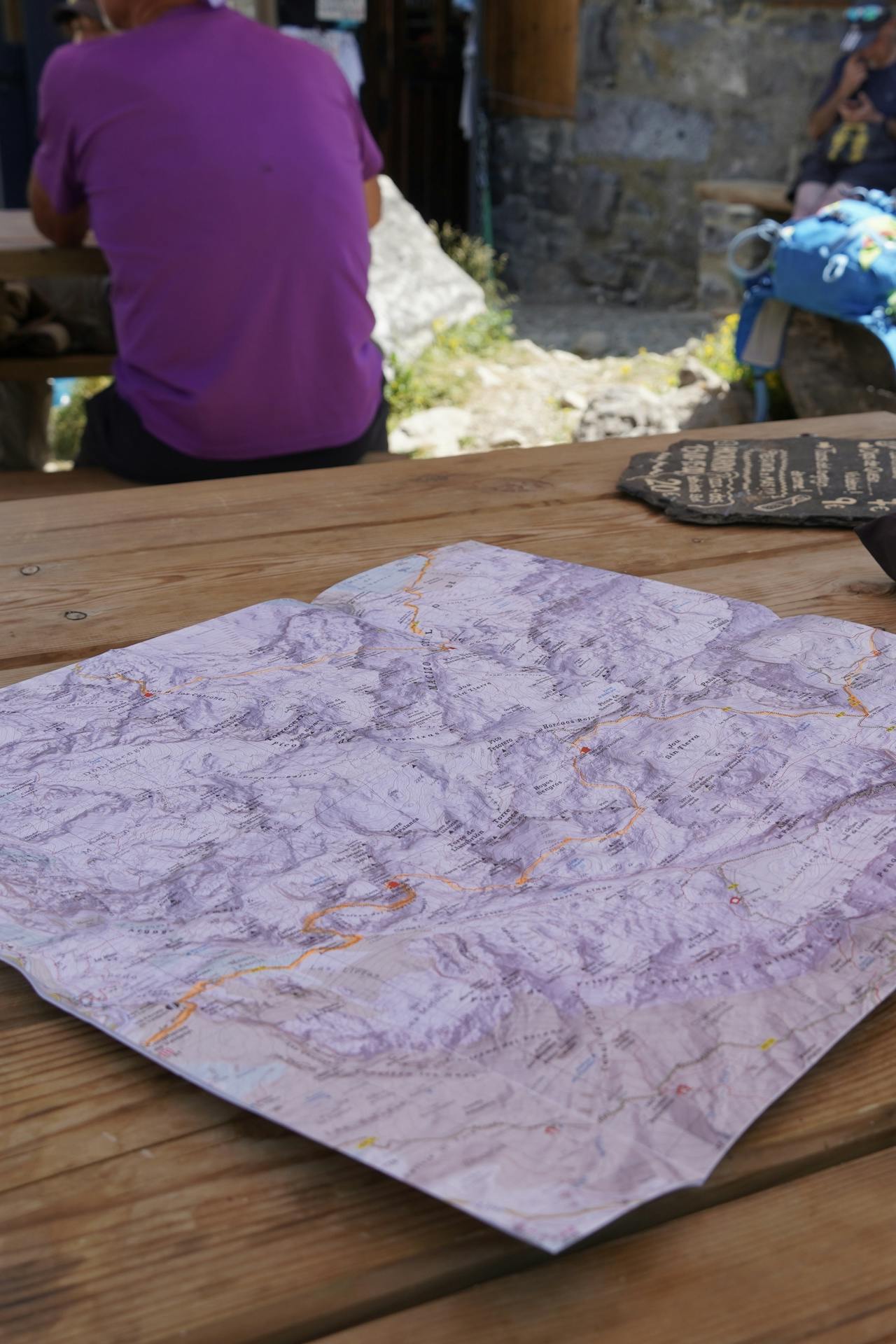
Follow trail markers and signposts
Many long-distance trails have waymarks to help hikers stay on course. If you’re following an official trail, always look for painted markers and signs to ensure you’re on the right path. Before your hike, research the names of the routes and the symbols used to mark the way.
For example, GR routes in Europe are marked with red and white stripes. If you’re hiking this trail, always check for these markings on signposts, rocks, and trees to stay on track. Other trails use blue, yellow or green markers, as a circle or stripes.
Another useful, though unofficial, navigation aid is rock piles (cairns). These can be especially helpful in rocky terrain where official trail markers are difficult to maintain, as rocks can shift over time. In these situations, hikers often stack rocks to indicate the best path. However, don’t rely on them completely, as they are not always accurate.


Important tip: If you’ve been walking for a while and don’t see any trail markers, stop for a moment and try to locate them. Check your GPS or map, and if needed, don’t hesitate to backtrack a little. It’s often better to retrace your steps a few meters than to take a bigger detour and risk getting lost.
To dive even deeper into long-distance hiking tips our video about Tips for Multi-day Hiking. It covers essential advice on planning, gear, and navigation to help you stay safe and enjoy the journey. Watch now and get ready for your next adventure!


